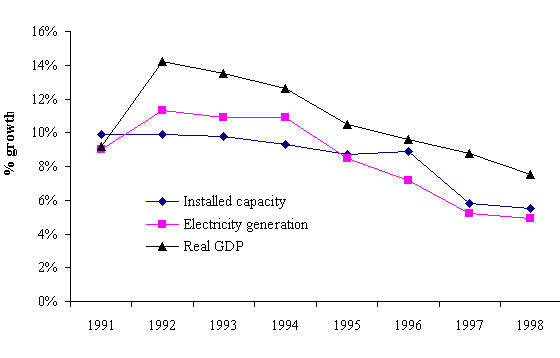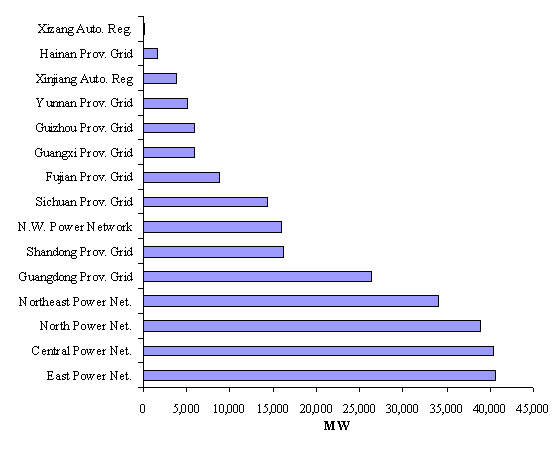The Dezhou project has added another 1,320MW to the existing coal-fired plant in Dezhou, China. The expansion was completed in 2003, and gives the plant a total capacity of 2,520MW.
Coal is China’s main fuel source and still accounts for a large proportion of the country’s new build. The contract was signed in 1998 and construction began in September 1999. The owner is Shandong Electric Power Group Corporation.
Dezhou City is located in the northwestern part of Shandong Province in China, and lies in the lower reaches of the Yellow River. It serves as the north entrance to Shandong Province. Dezhou is also rich in mineral resources. It has proven petroleum reserves of 200 million tons, natural gas reserves of 1.5 billion m³, and coal reserves of 950 million tons.
PLANT MAKE-UP
The turbines were manufactured by GE in New York state. They each have a high-pressure, a medium-pressure and two low-pressure sections. The furnaces are 24m wide, 16m deep and 63.5m high. The boilers are drum type, and have firing systems for semi-anthracite coal. There are 24 low NOx burners set at six levels. The system is designed to be efficient and produce low emissions. Whilst this may partly have been driven by local Chinese concerns, an important factor came from the export credit agencies. Western governments have been increasingly concerned by environmental standards.
Start up uses light diesel oil, which is also used to stabilise combustion with low load. The main fuel is coal from China’s Shanxi province, delivered by rail. Semi-anthracite coal has very specific technological needs for waste products, and the start-up burning can be troublesome. The bottom ash is removed to a bottom ash yard. Fly ash is collected in a cycle before going to a re-utilisation site.
Shandong Electric Power Group Corporation buys all the electricity generated under a system determined by cost recovery. China’s serious generation capacity shortages ensure effective demand. GE Power Systems was awarded a turnkey contract for the steam turbine island. It supplies both 660MW steam turbine generators, four boiler feed pump turbines, and technical advisory services and training. Siemens provided the instrumentation and control equipment, and BBP Energy GmbH supplied the boiler island.
The boiler island represents a large share of the contract value. BBP Energy GmbH was contracted for the design and supply of two 660MW pulverized-coal-fired steam generators, auxiliary equipment and technical services, coal-pulverizing equipment, coal tripper, bottom-ash removal system and power piping to the turbine. The German company will also supply site advisory services for erection and commissioning.
DEZHOU POWER PLANT FINANCING
The Export-Import Bank (Ex-Im Bank) of the United States guaranteed part ($76 million) of the cost, covering a loan from Citibank to the China Construction Bank (CCB). CCB is one of China’s biggest four state banks. This loan guaranteed the sale of the two 660MW steam turbines generators and all the related equipment from GE, and it has been suggested that the Ex-Im Bank offered the loan arrangements in order to secure US contracts. The German firms are also receiving similar support from the German Kreditanstalt Fur Wiederaufbau. In total, the CCB borrowed $150 million.
Shandong Huaneng Power Development Co. Ltd. owns the whole of the Dezhou plant, and has majority shares in two other power plants in the province. The company was the first Chinese company to be listed on the New York Stock Exchange. It is pursuing an expansion policy at all three of its plants to take advantage of China’s spiralling demand for electricity, especially in coastal areas. This is likely to continue.







